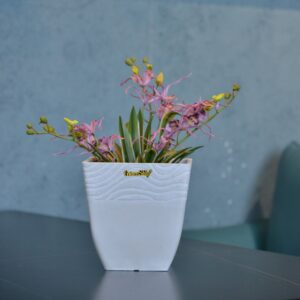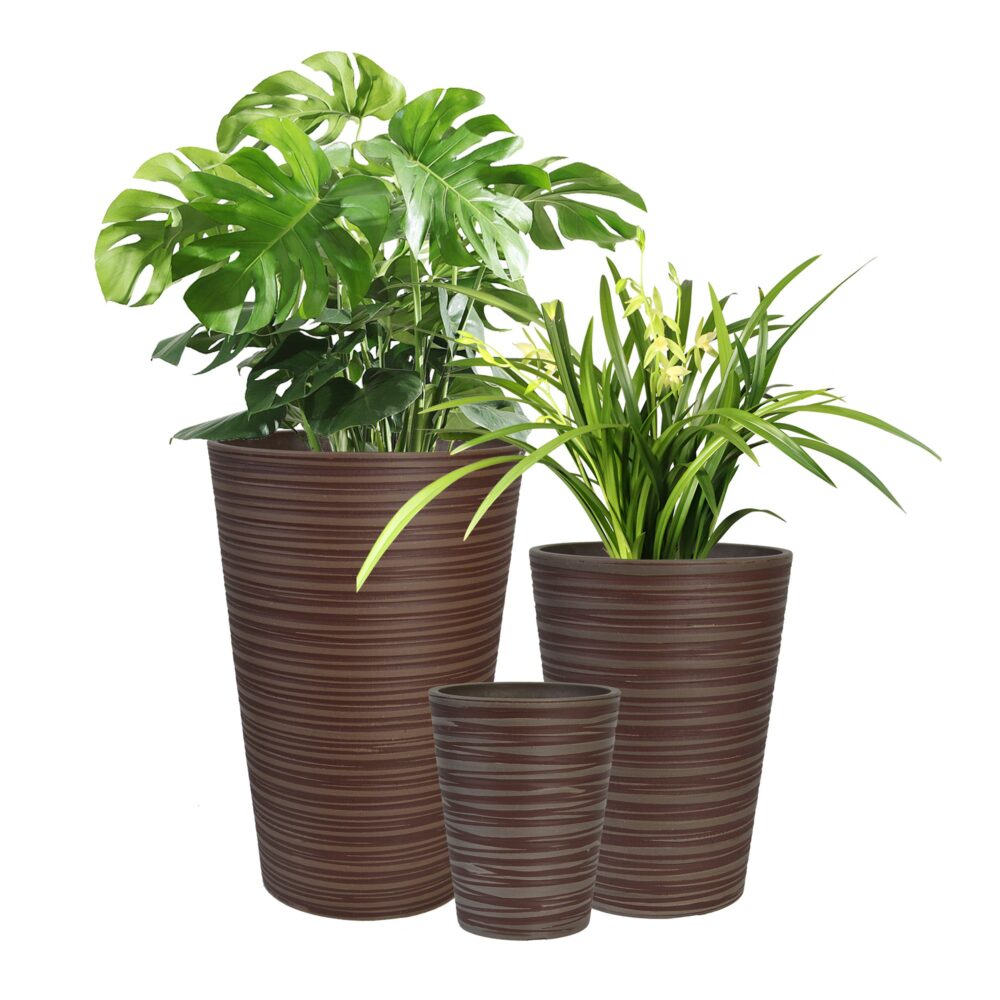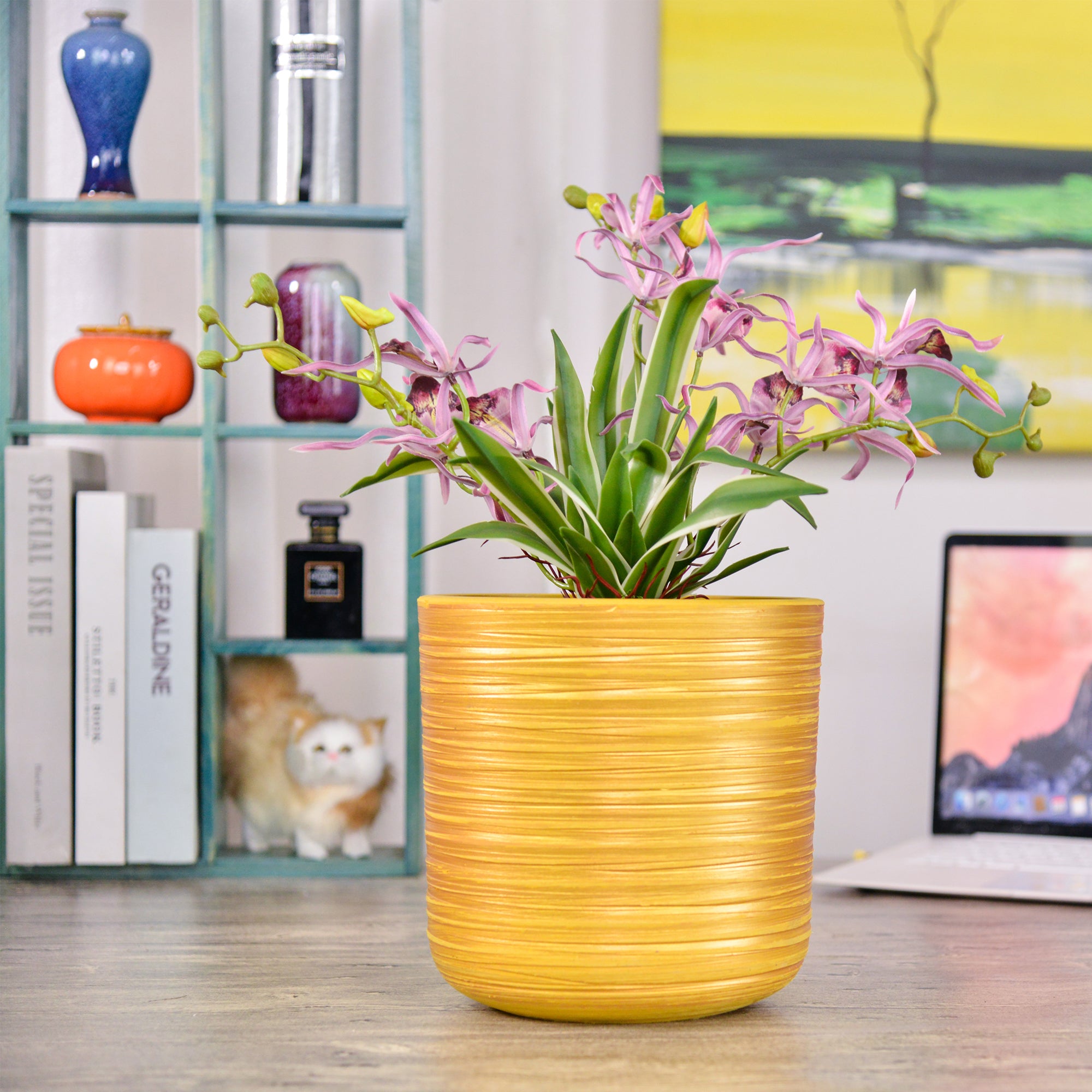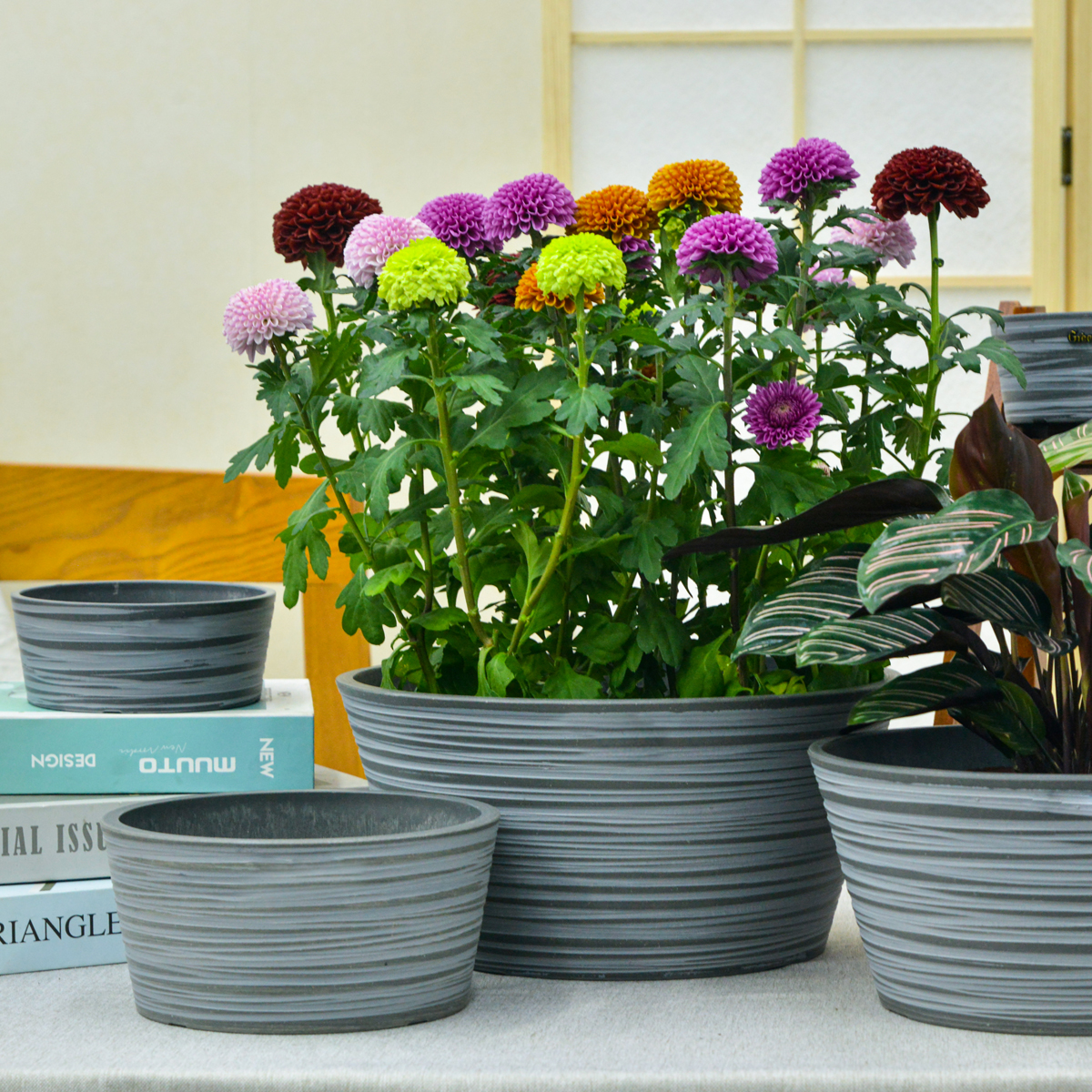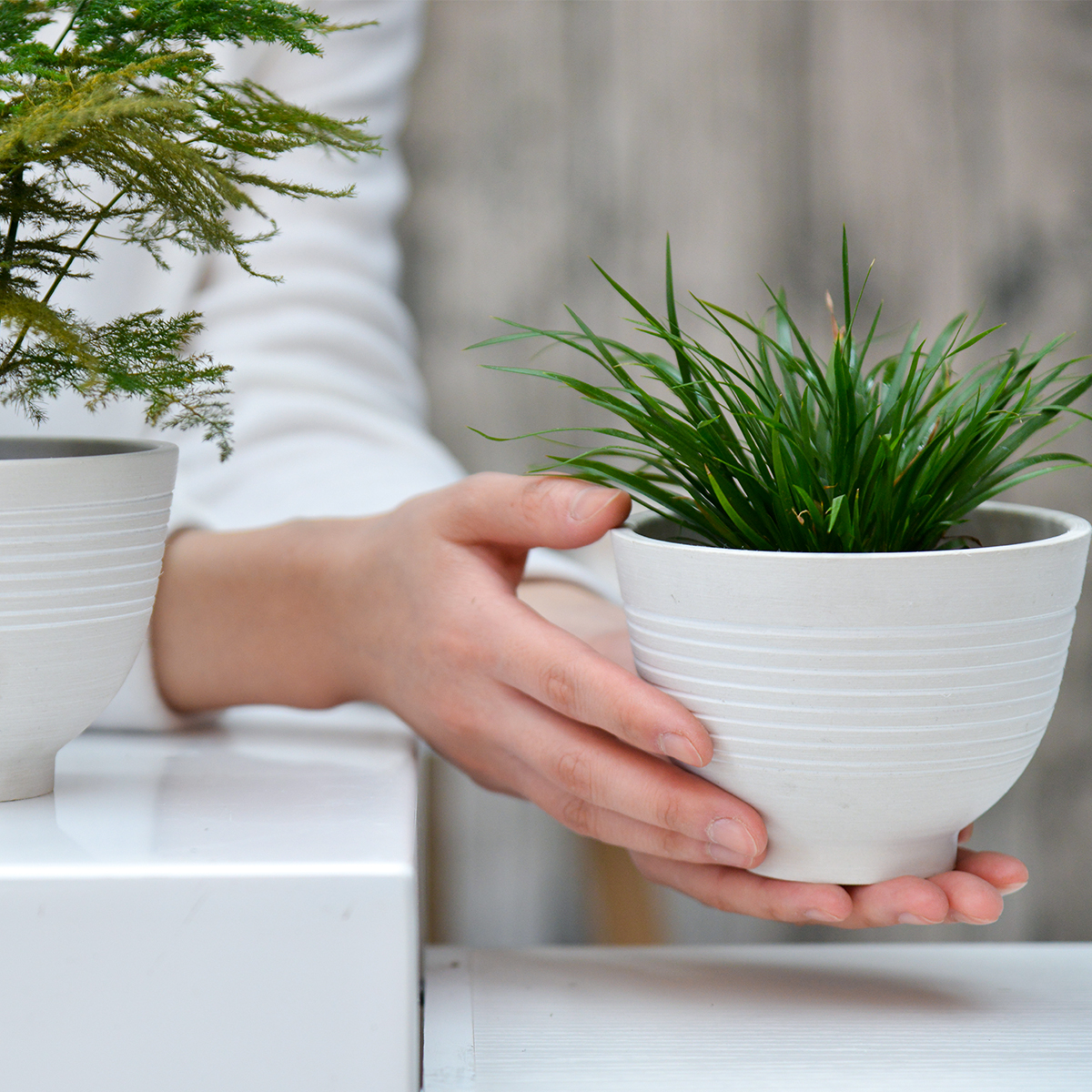Which Materials for Planters are More Suitable for Indoor Decoration? Which Materials are Better for Outdoor Decoration?
Choosing the right planters is essential for the health of your plants and the overall aesthetic of your indoor and outdoor spaces.The material of the planter plays a significant role in both these aspects. For American homeowners and gardening enthusiasts looking to make informed decisions, understanding the properties of different planter materials is key. Let’s delve into which materials are best suited for indoor versus outdoor decoration.
Best Planter Materials for Indoor Decoration
When selecting planters for your indoor plants, several factors come into play, including aesthetics, weight, and the plant’s specific needs for moisture retention and airflow. Here are some popular and suitable materials for indoor planters:
- Ceramic: Ceramic planters, especially glazed ones, offer a wide variety of colors, patterns, and styles to match any interior decor. They retain moisture well, which can be beneficial for plants that prefer consistently moist soil.However, they can be heavier than other options and may restrict airflow more than porous materials. Unglazed ceramic, like terracotta, allows for better airflow and evaporation.
- Plastic/Resin: Plastic or resin planters are lightweight, durable, and often more affordable than other materials. They come in numerous styles and colors, mimicking the look of more expensive materials.They are excellent at retaining moisture, which can be good for some plants but might lead to overwatering if not careful.
- Terracotta: This classic material is porous, allowing for excellent airflow and drainage, which is ideal for plants that prefer drier conditions or are prone to root rot. Terracotta develops a charming patina over time, adding to its aesthetic appeal. However, it can dry out quickly and is more fragile than plastic.
- Fiberglass: Fiberglass planters are lightweight yet durable and come in various finishes that can resemble stone, metal, or other materials. They are a good choice for larger indoor plants as they are easier to move than heavy ceramic or stone.
- Wood: Wooden planters offer a natural and warm aesthetic. They can dry out faster than other materials, so consider using a plastic liner, especially for plants that require more consistent moisture. Different types of wood offer varying levels of durability and style.
Top Planter Materials for Outdoor Decoration
Outdoor planters need to withstand the elements, including temperature fluctuations, rain, and sun exposure. Durability and weather resistance are key factors. Here are some of the best materials for outdoor planters:
- Terracotta: While also suitable for indoors, terracotta can be a great option for outdoor planters, especially in warmer climates where good drainage is beneficial. However, it can crack in freezing temperatures, so it’s best to bring terracotta pots indoors during winter in colder regions.
- Concrete: Concrete planters are incredibly durable and can withstand harsh weather conditions. They come in various shapes and sizes, often with a modern or industrial aesthetic. However, they are very heavy and can be difficult to move once placed.
- Stone: Similar to concrete, stone planters are highly durable and offer a classic, timeless look. They are also heavy and can be expensive.
- Metal: Metal planters, such as those made from galvanized steel, aluminum, or copper, are durable and can add a modern touch to your garden. They are generally weather-resistant, but some metals may rust over time, depending on the finish.
- Wood: Durable woods like cedar or teak can make beautiful outdoor planters. They offer a natural look that blends well with garden environments. However, wood can rot over time if not properly treated or maintained.
- Resin/Plastic: Modern resin and plastic planters designed for outdoor use are often very durable and can mimic the look of more expensive materials. They are lightweight, weather-resistant, and come in a wide variety of styles and sizes. High-quality resin can withstand UV rays and freezing temperatures.
- Fiberglass: Fiberglass planters are an excellent choice for outdoor use due to their durability, light weight, and resistance to cracking and extreme weather conditions. They can be designed to resemble other materials and are a versatile option for various outdoor styles.
Conclusion
Choosing the right planter material depends on your specific needs and preferences for both indoor and outdoor spaces. Consider the aesthetic you want to achieve, the practicalities of weight and durability, and, most importantly, the needs of your plants. By understanding the characteristics of different materials, you can select planters that will not only enhance your decor but also help your plants thrive.
Modern Plant Pots with Drainage – Indoor & Outdoor Use (6″ Widths)
By greenship-seo|2025-04-10T06:29:43+00:00February 6, 2025|Categories: Hand-carving Series|Tags: Decorative Flower Pots|
Modern Plant Pots丨Planter for Indoor Plants,8 inch or 10 inch Plant Pots with Drainage Hole,Decorative Flower Pots
By greenship-seo|2025-04-10T08:32:55+00:00January 7, 2025|Categories: Hand-carving Series|Tags: Decorative Flower Pots, Self-Watering Pots|
11THD
By greenship|2024-08-13T02:52:20+00:00August 13, 2024|Categories: Hand-carving Series|
KC3-14A
By greenship|2024-08-16T06:26:30+00:00August 16, 2024|Categories: Hand-carving Series|
11V
By greenship|2024-08-13T03:05:48+00:00August 13, 2024|Categories: Hand-carving Series|
k2-21G
By greenship|2024-08-13T06:17:26+00:00August 13, 2024|Categories: Hand-carving Series|

